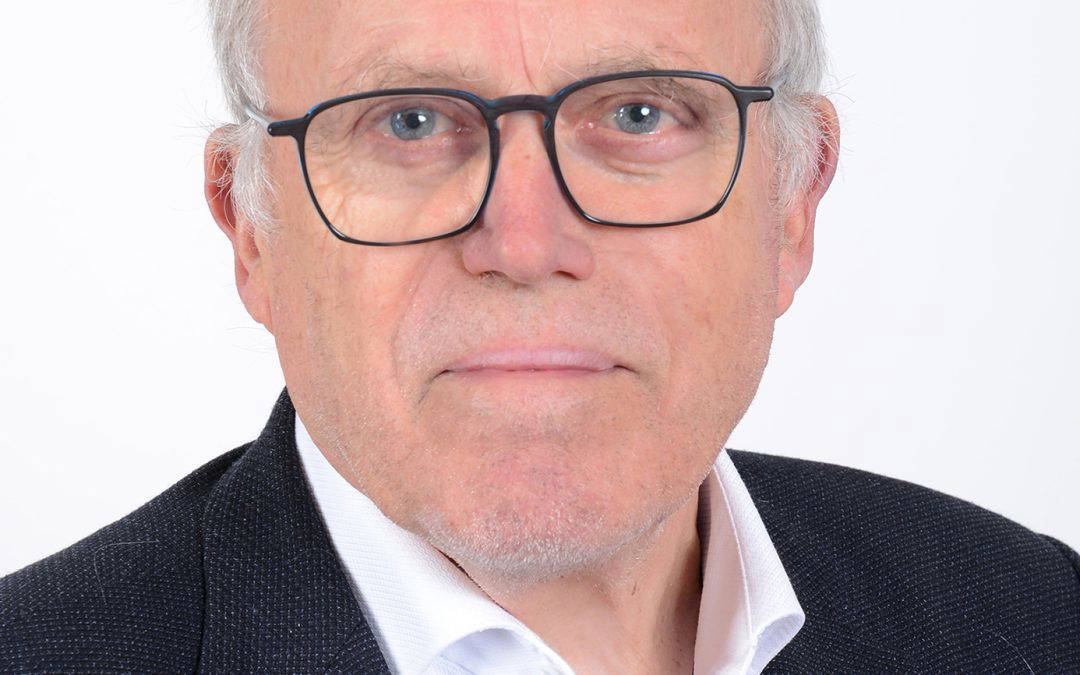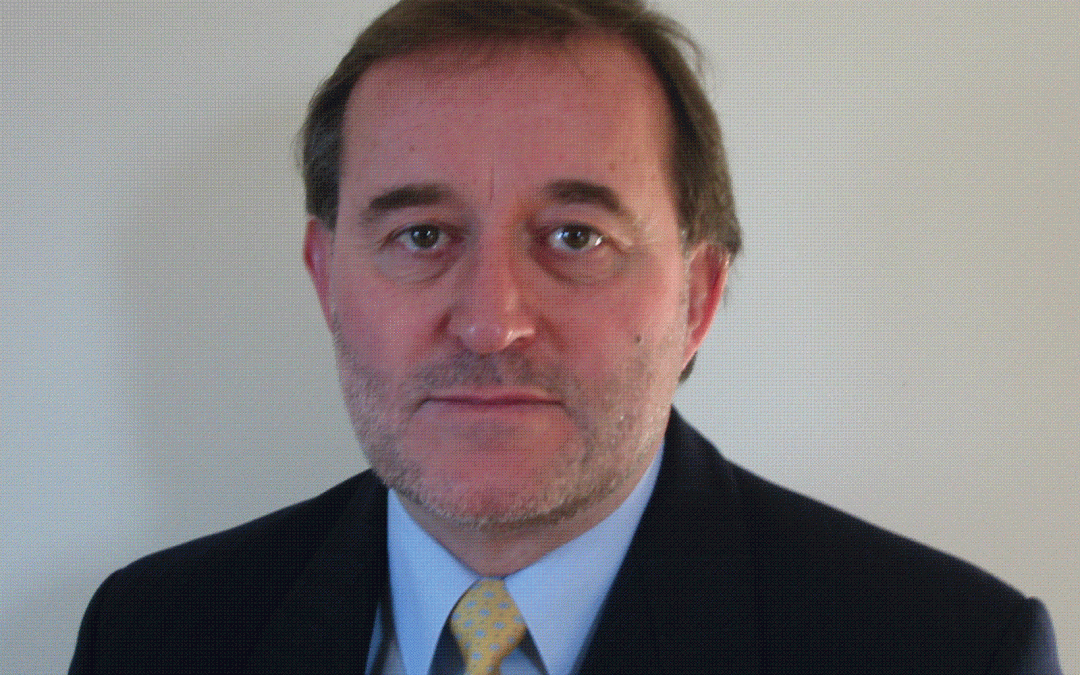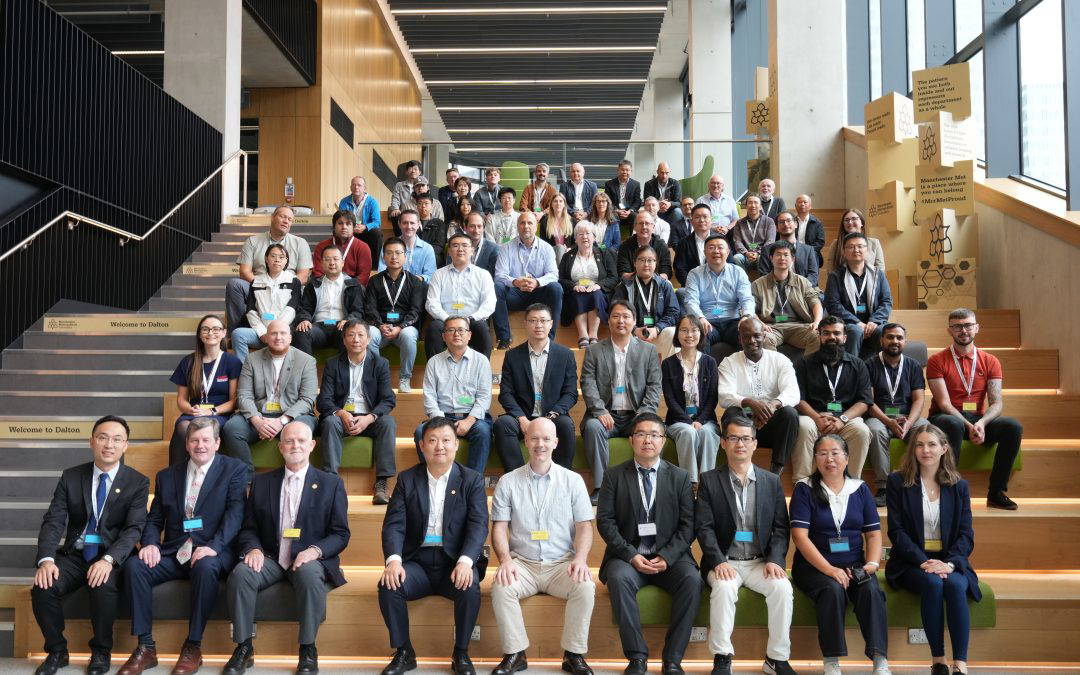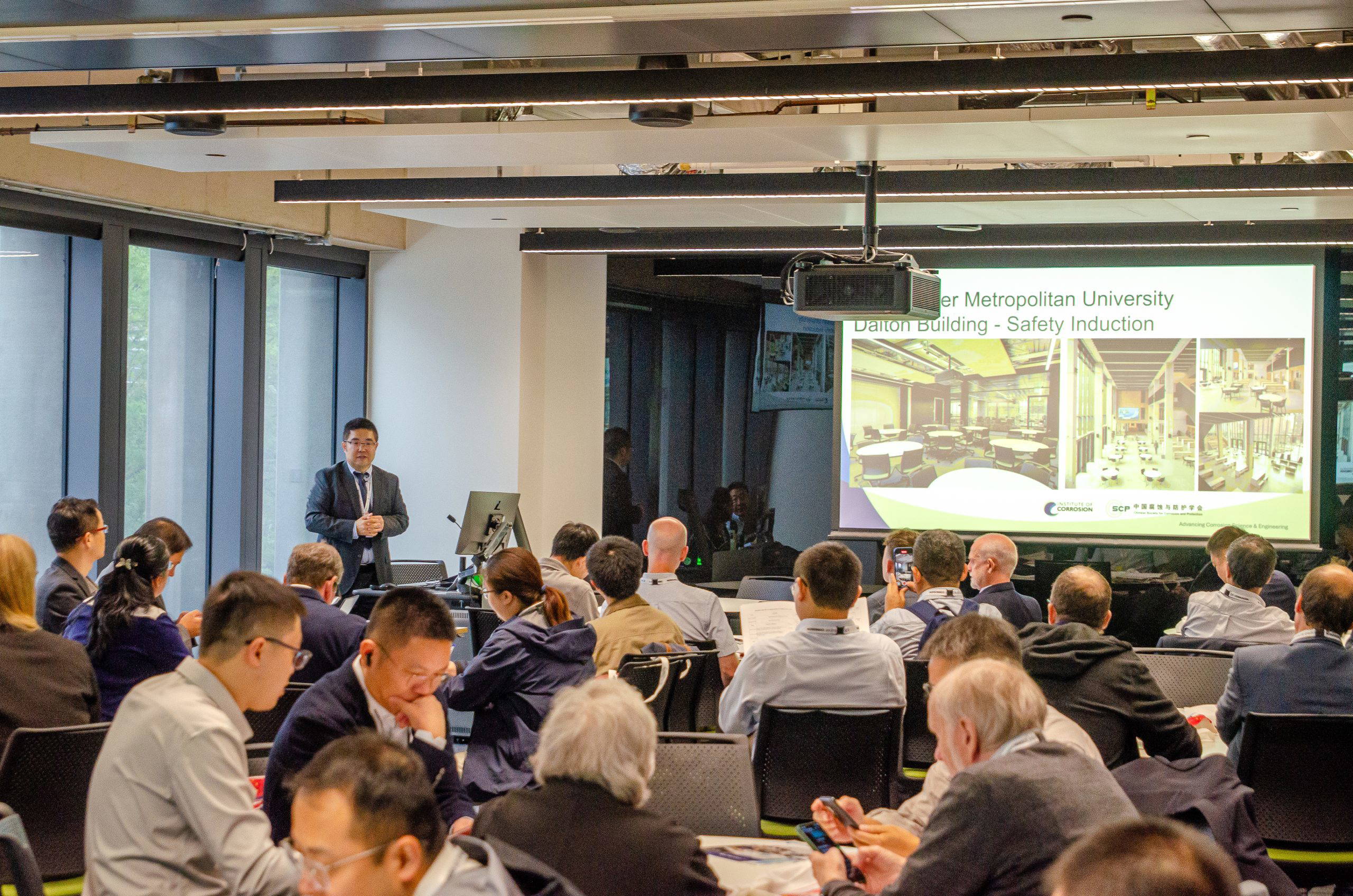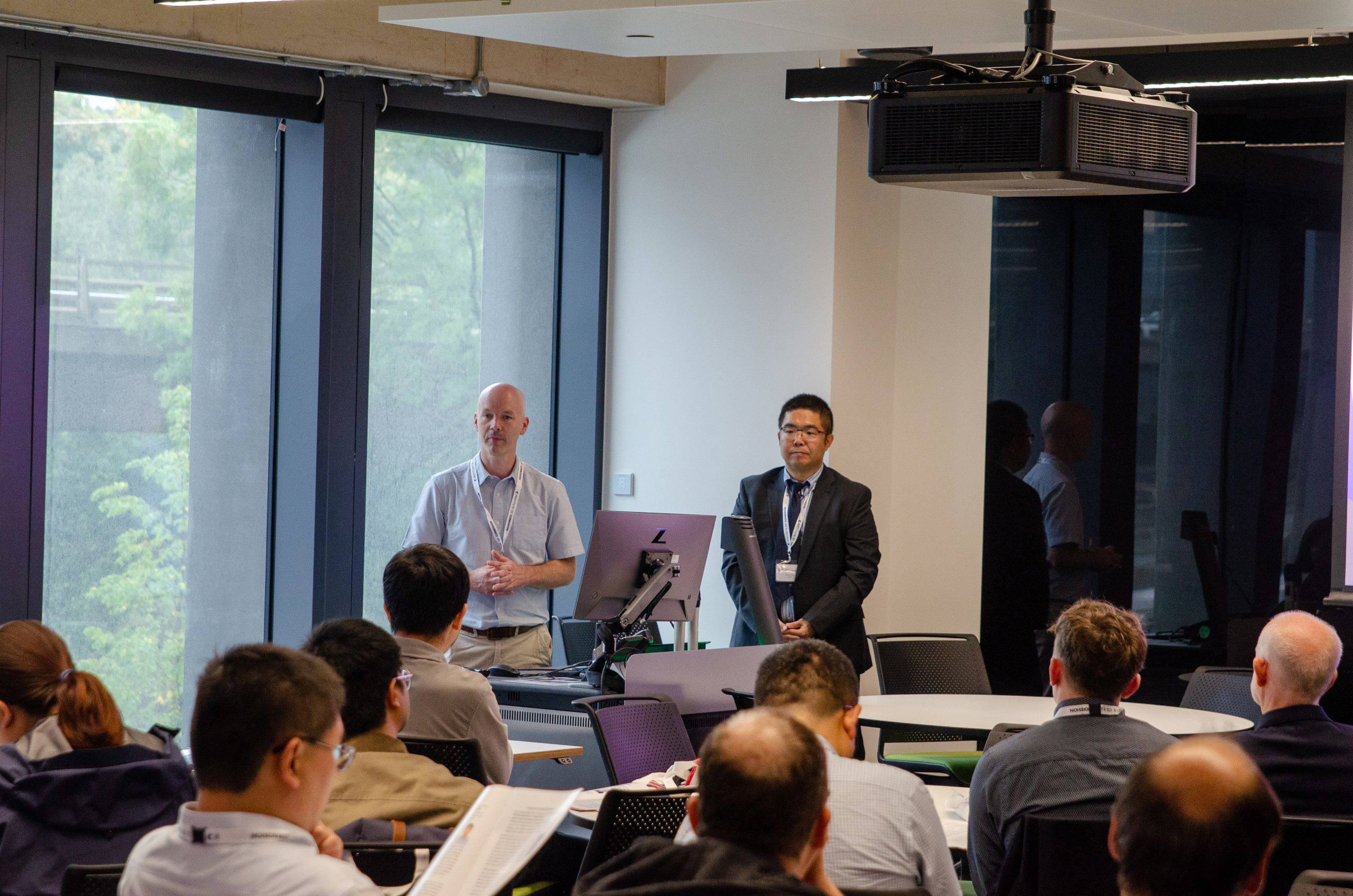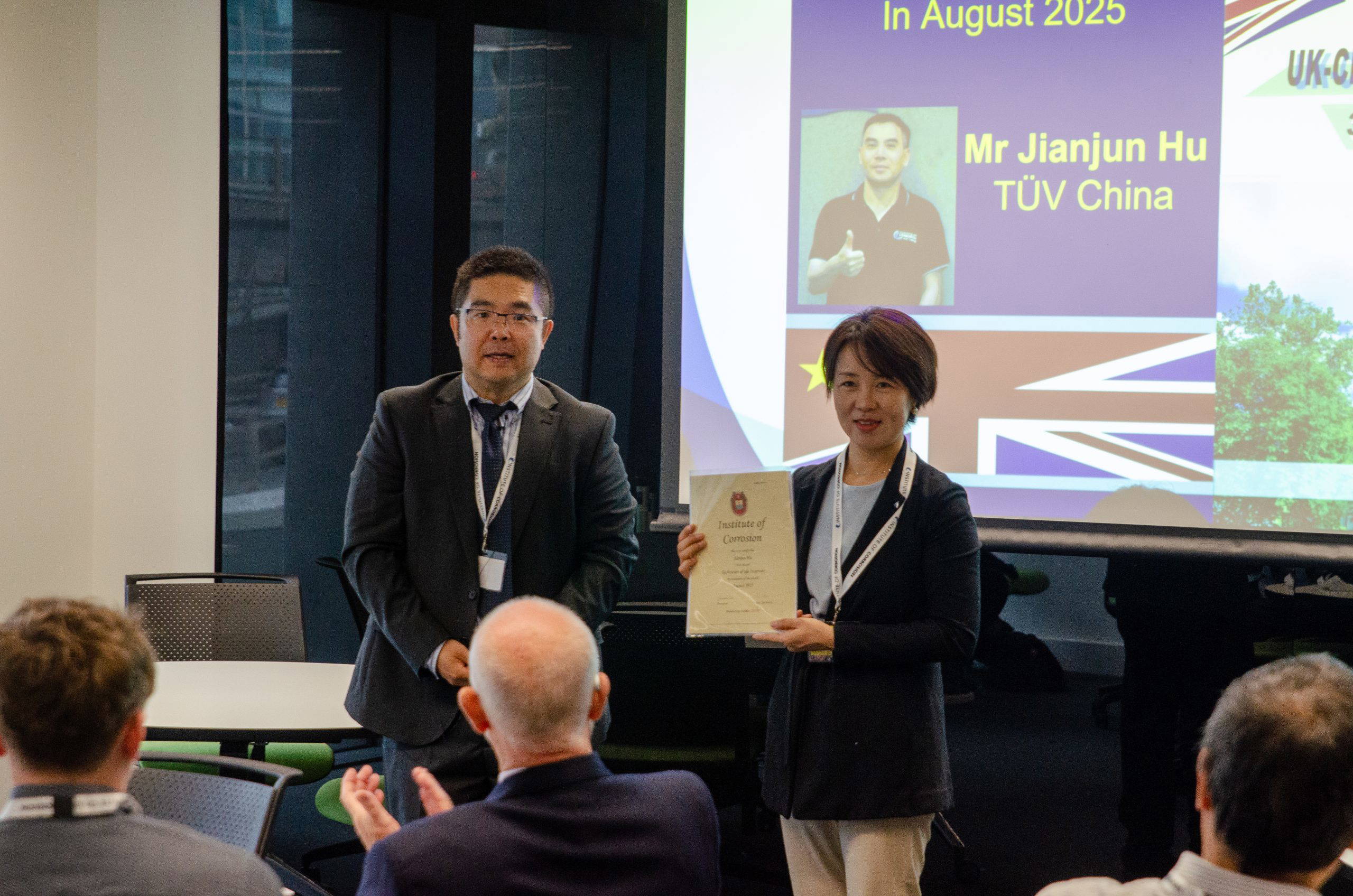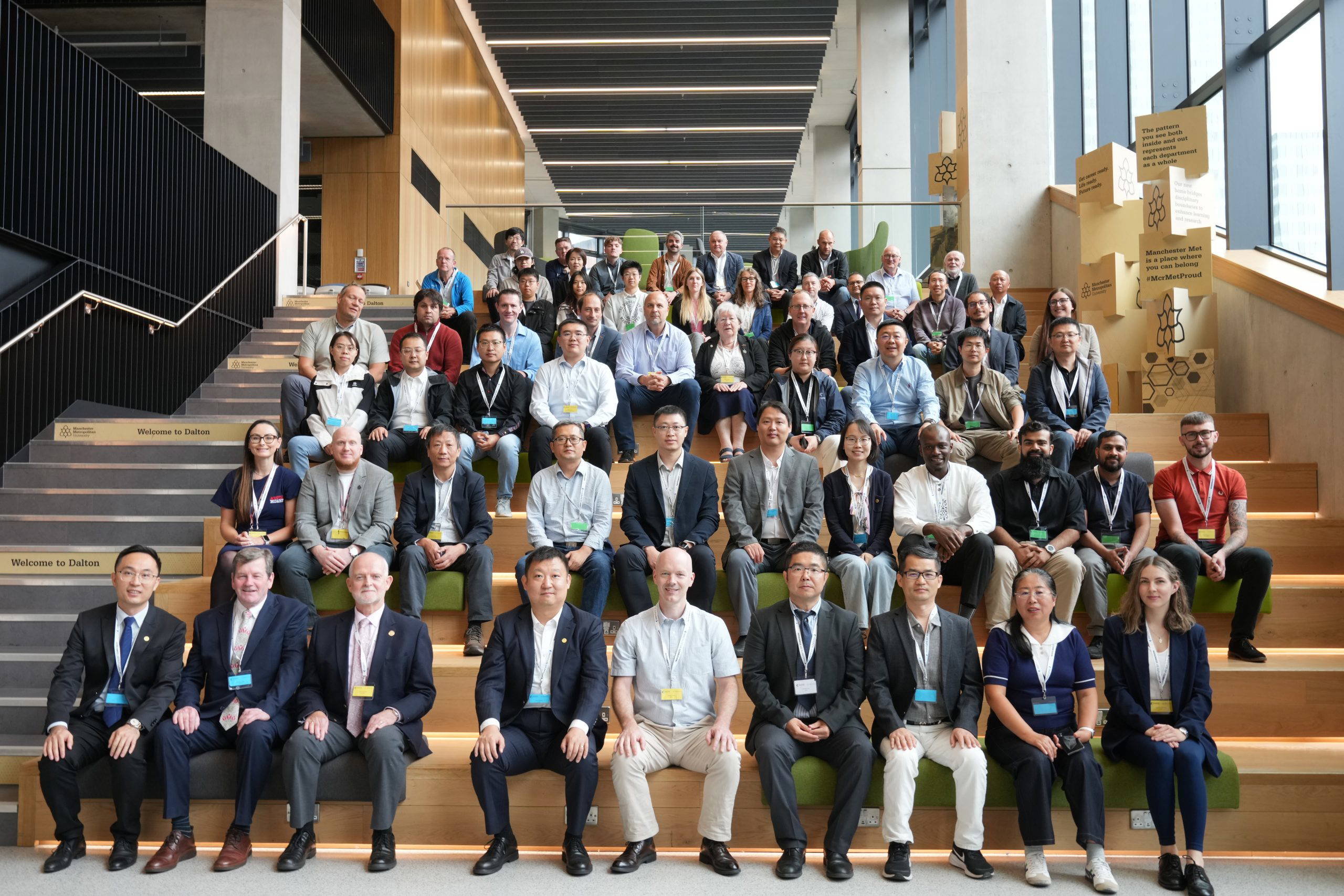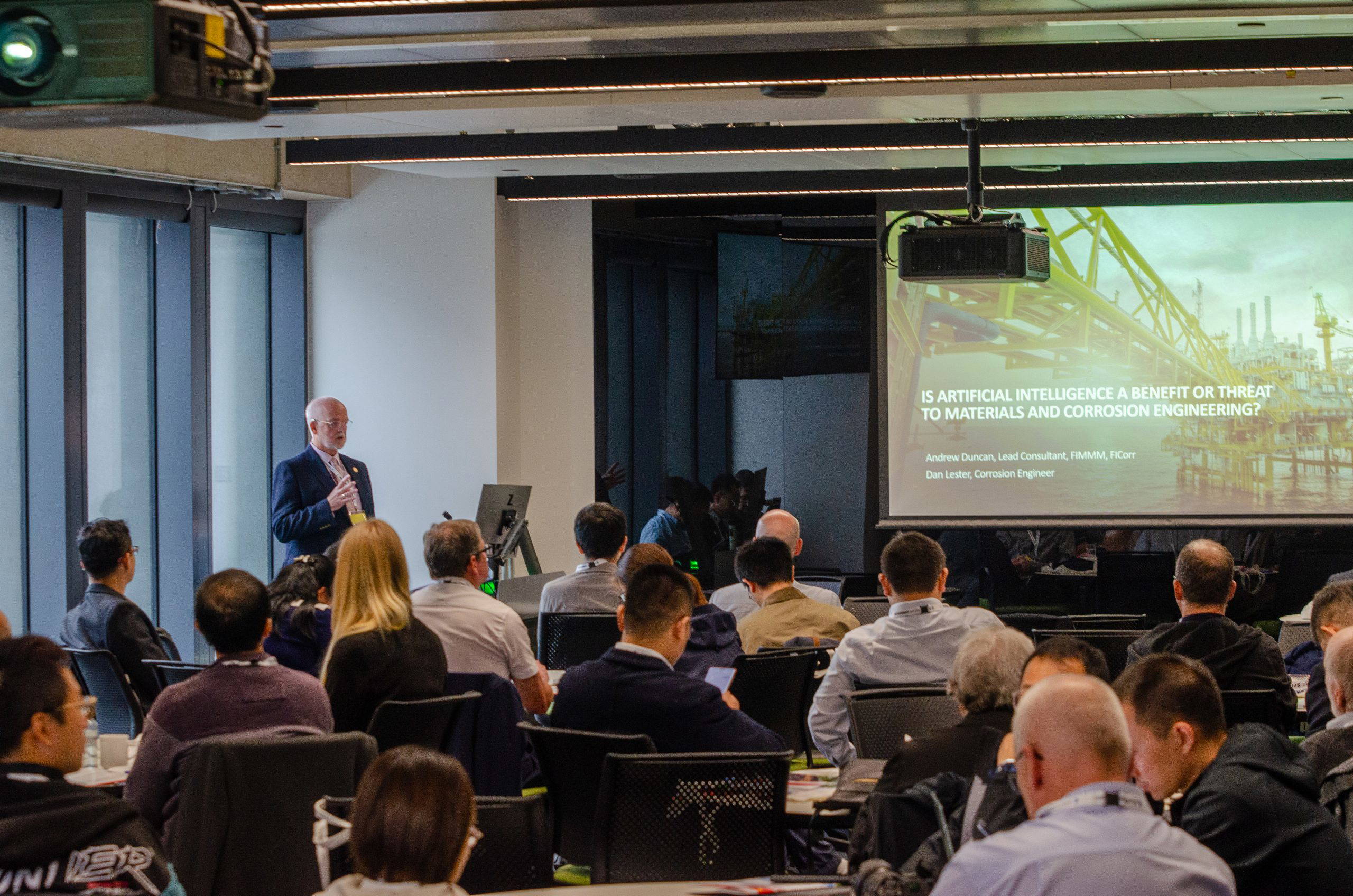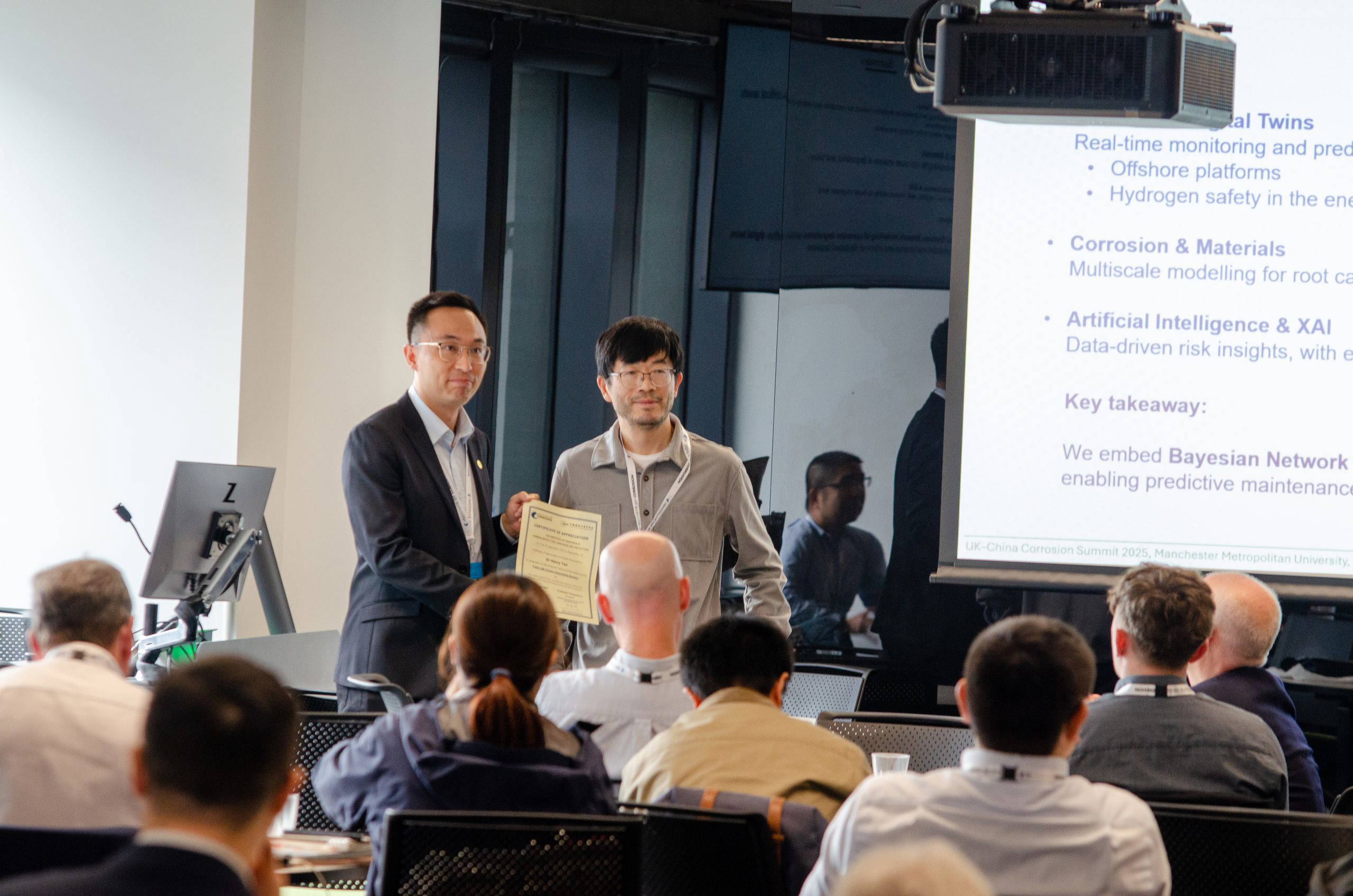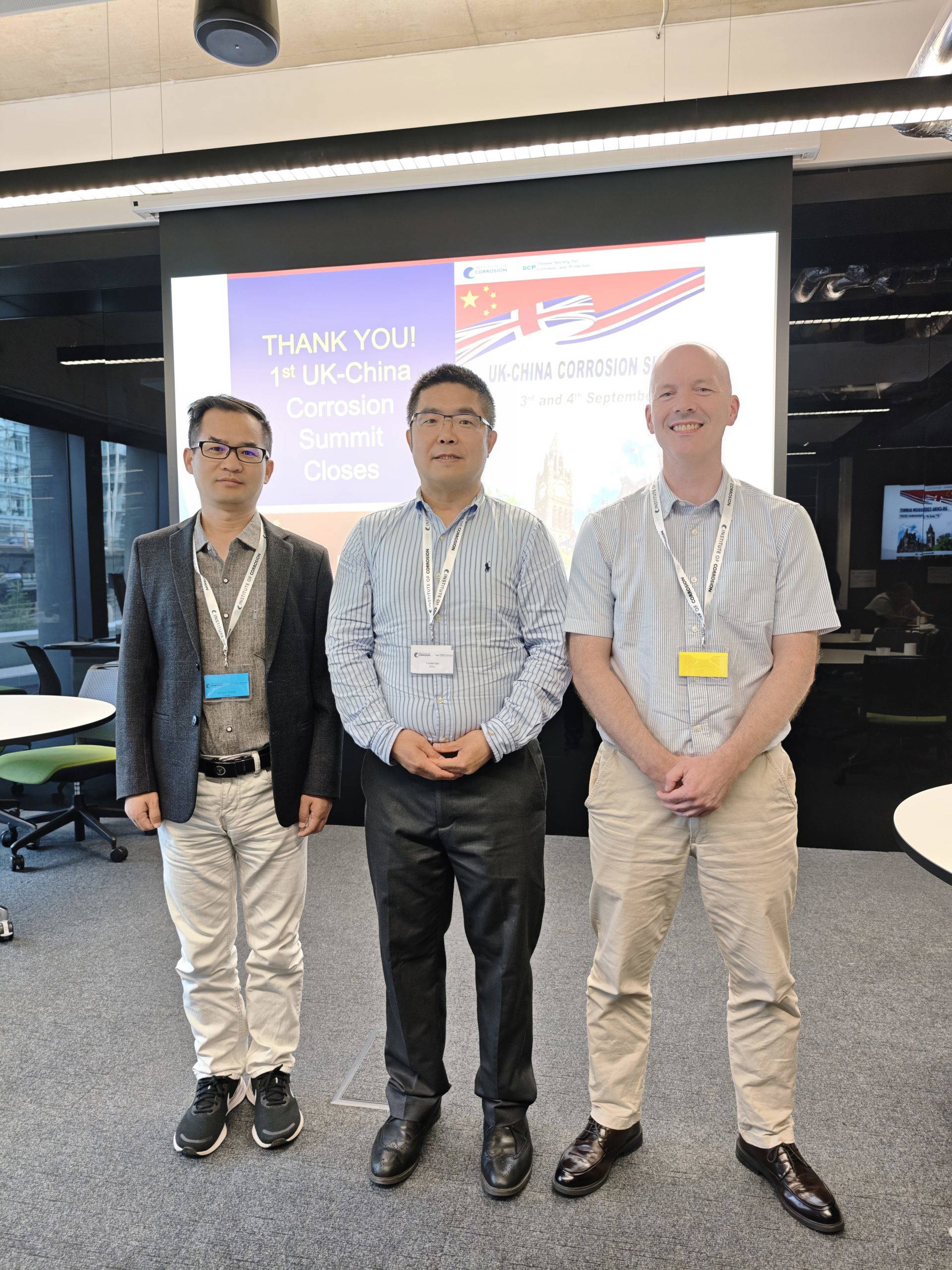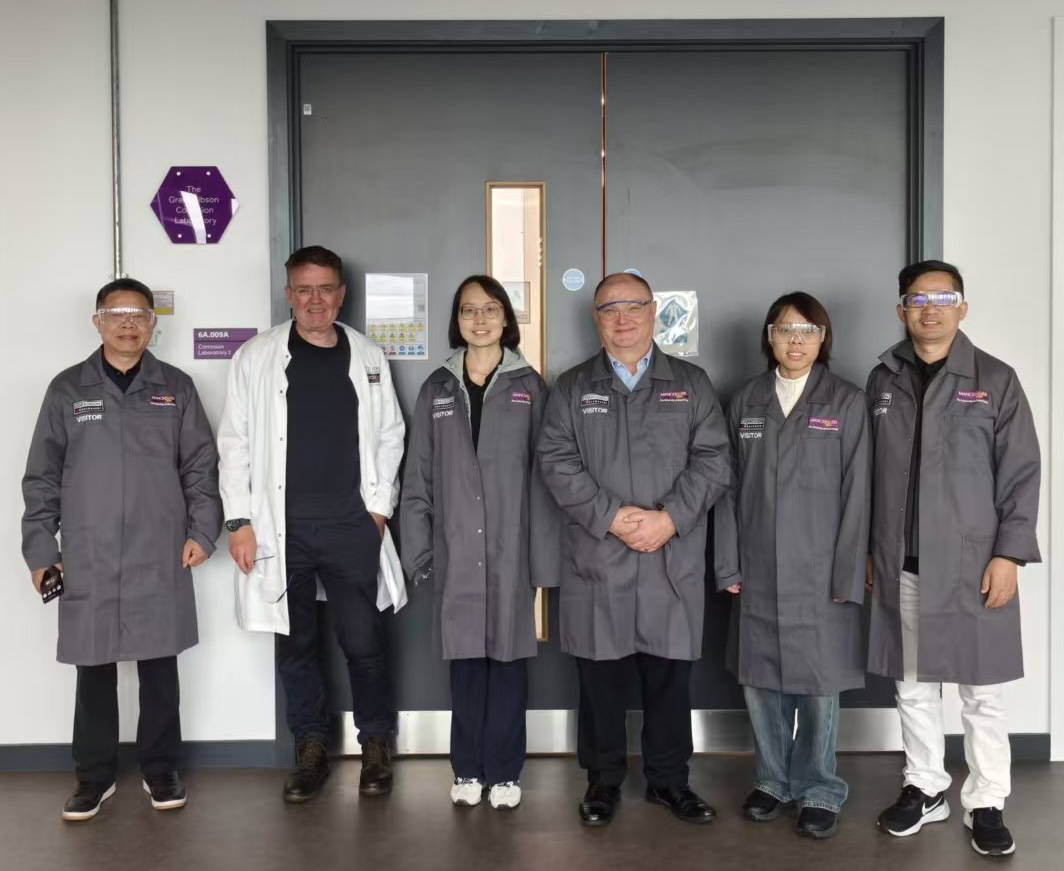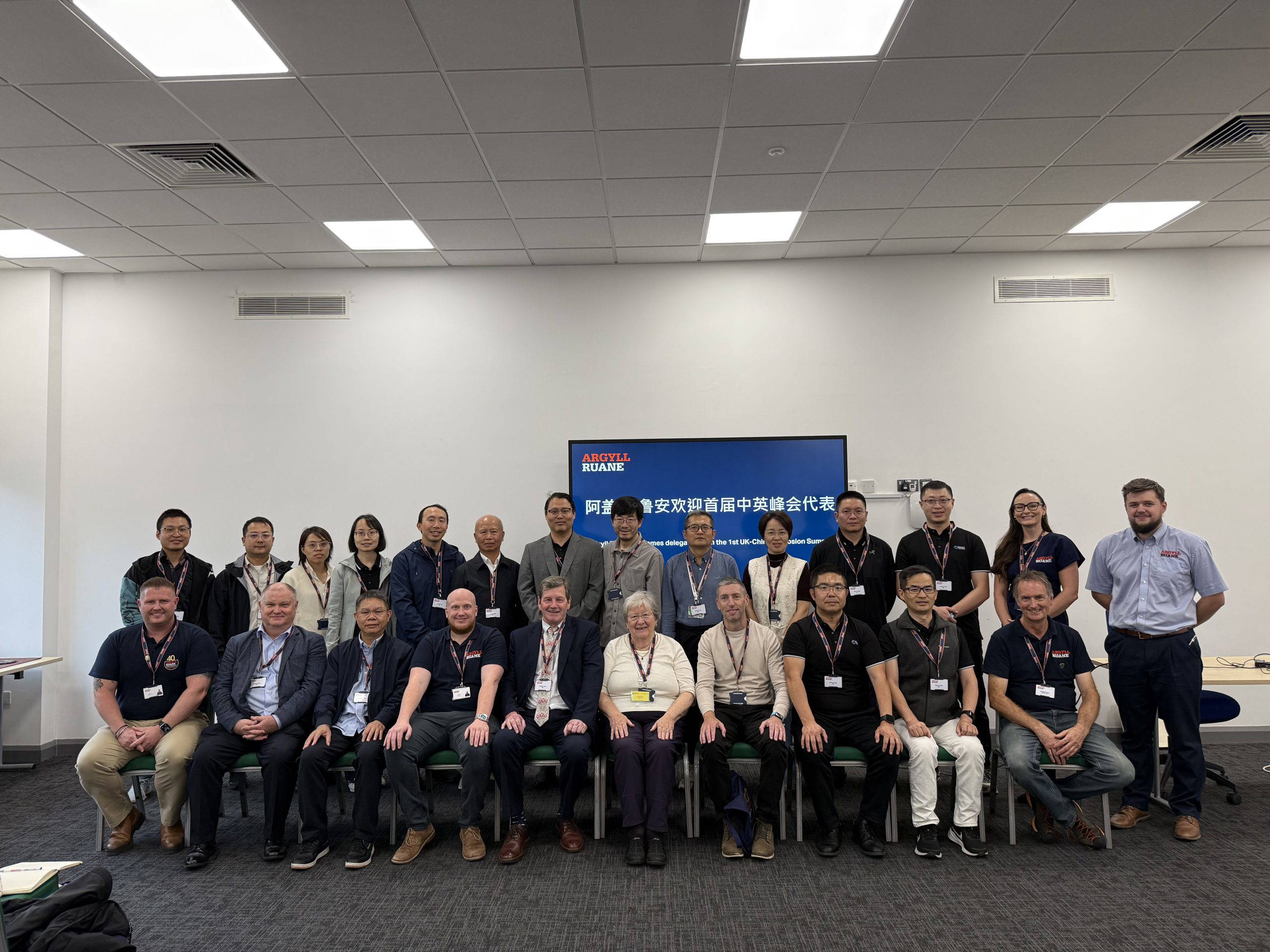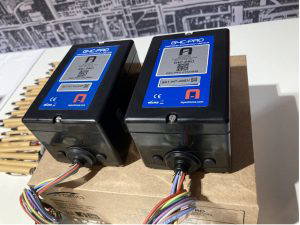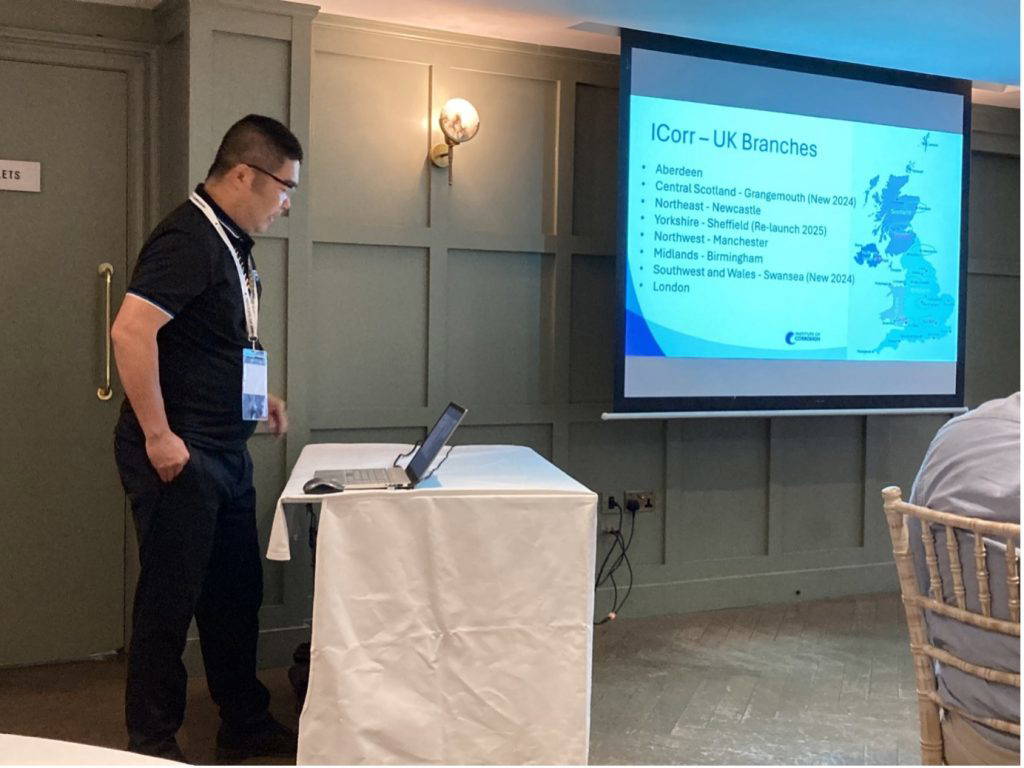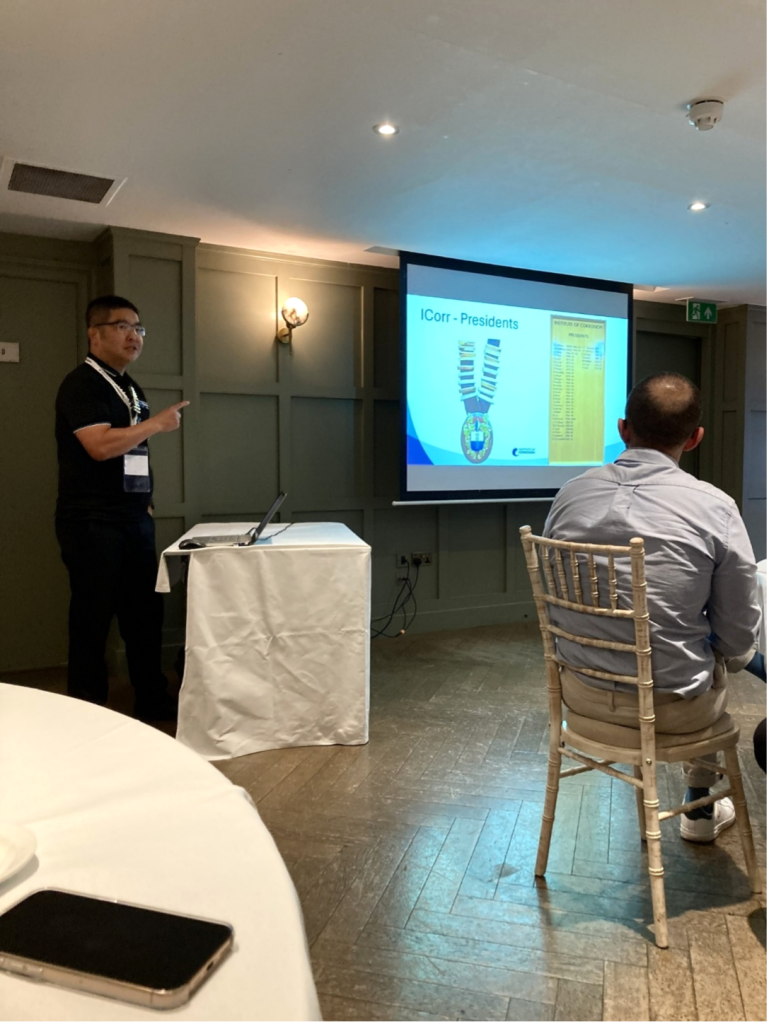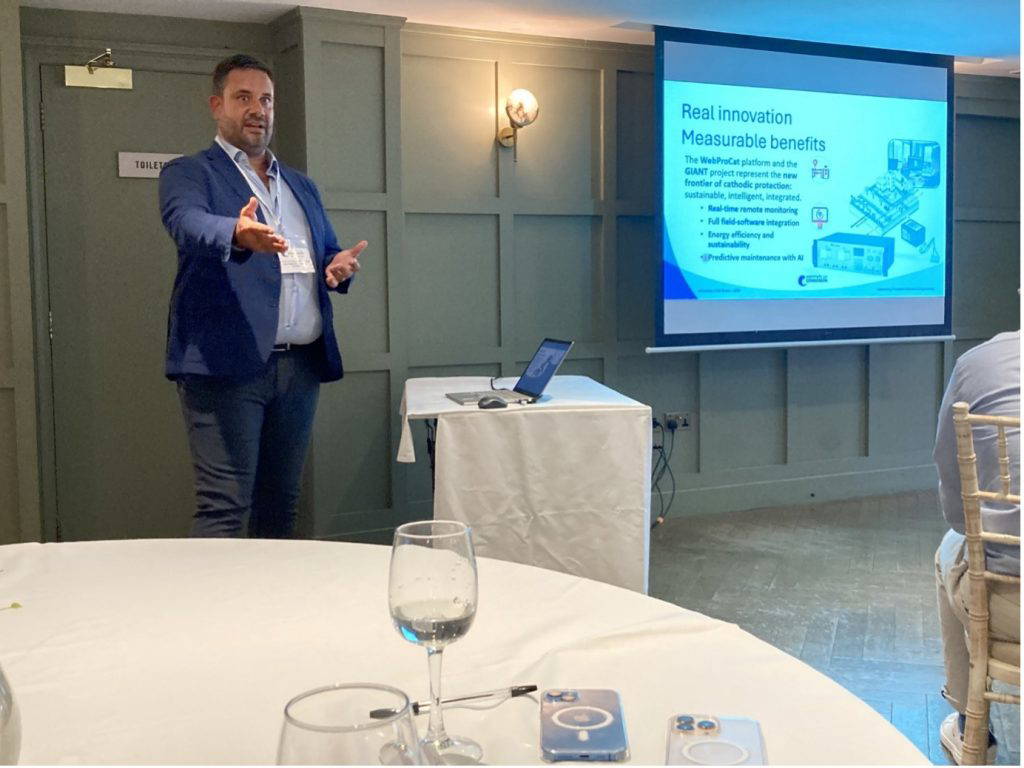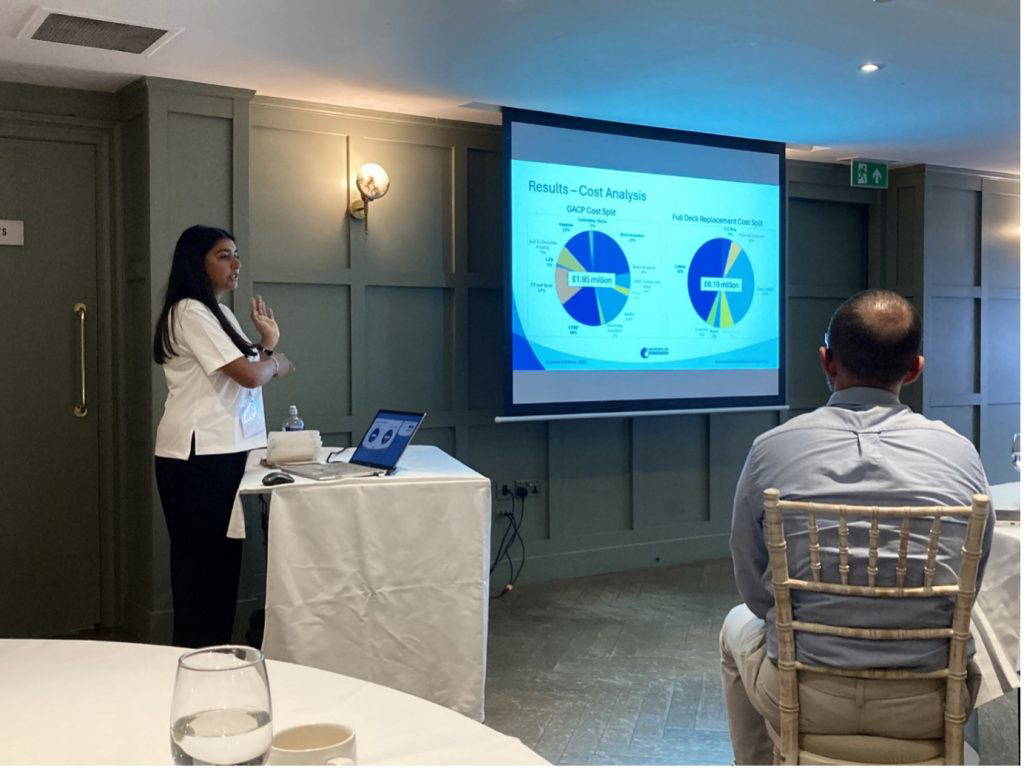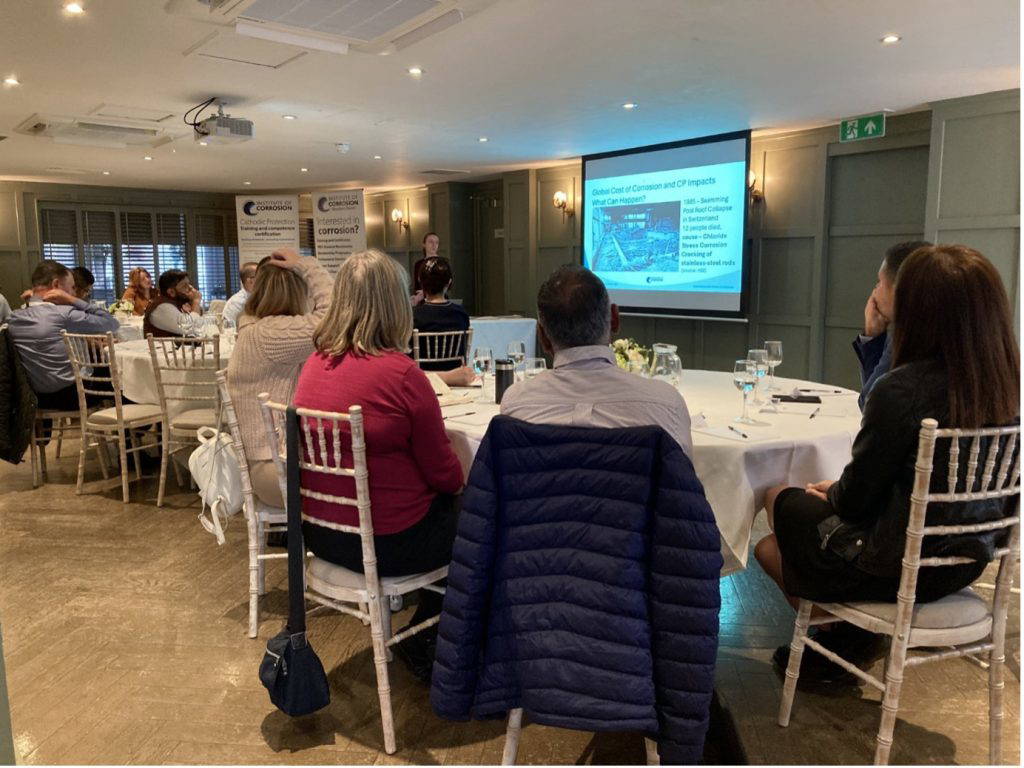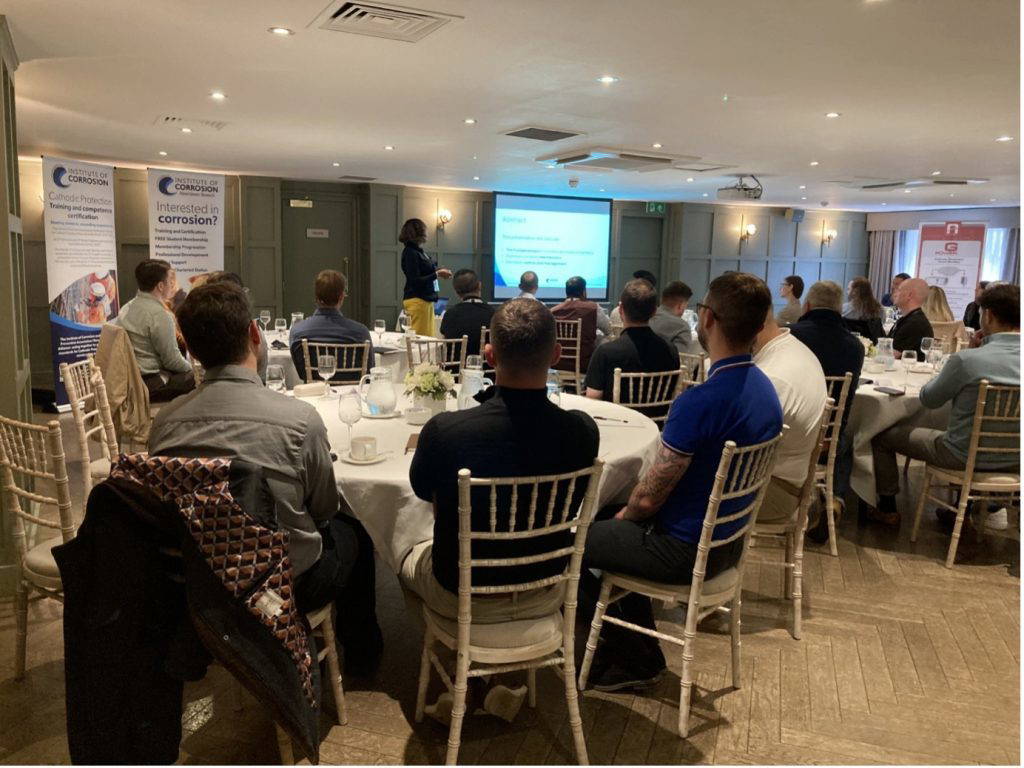The cart is empty!
CEng Updates
New application are being processed and assessors are adjustinh to their new roles. The website is being updated to provide the documentation and processes as per the ICorr direct licence.
Our much-valued assessors come from varied backgrounds to review and assess the applications from ICorr’s wide-ranging membership. These volunteers are contributing to ICorr to support our members to attain the registration status with the Engineering Council.
Anthony Setiadi: Anthony is a chartered engineer currently working for Wood Thilsted, an offshore renewable consultancy. He has more than 20 years in the industry covering various energy and infrastructure roles and studied materials science at the University of Sheffield. He works in materials selection, coating and cathodic protection. He is also supporting ICorr as vice president and has been leading the ICorr registration process for the past 3 years.
Greg Brown: Greg is a senior materials engineer at Mott MacDonald, and he is currently chair of the ICorr Northwest branch. He is highly experienced in destructive and non-destructive testing and is a chartered engineer. He has been part of the Registration committee for the past 2 years.
Jim Preston: Jim is Managing Director of Corrosion Prevention Limited. He has worked in the fields of structural concrete repair and cathodic protection for over 30 years, including 15 years working for contracting organisations and latterly 15 years as a consultant. He is a Chartered Engineer and a Fellow of ICorr. He is a certified Level 4 CP Specialist in accordance with ISO 15257.
Ashokan Gopal: Ashokan Gopal is an electrochemical engineer and an industry-recognised cathodic protection expert in the UK with over 18 years of experience in the field of corrosion mitigation and cathodic protection. He is a chartered engineer with a master’s in corrosion control engineering from the University of Manchester. He is currently the vice-chair for the London ICorr Branch and an active member of the ICorr CPGB, working closely with the industry’s best minds. He is a certified Level 4 CP Specialist in accordance with ISO 15257.
Emilya Abdullayeva: Emilya is a senior corrosion engineer in SLB with 20+ years of experience in corrosion engineering, integrity chemicals, and microbiological control across upstream oil and gas operations. She has a master’s degree in engineering oil and gas and a PhD in corrosion inhibitors and MIC control in the oil and gas industry. Chartered Chemist from the Royal Society of Chemistry and Chartered Engineer from ICorr.
Ibtesam Hasan: Ibtesam is a chartered metallurgy and materials engineer with over 20 years of experience in offshore oil and gas. He currently manages P&L for IMR operations for the Fugro Middle East office. He holds degrees in metallurgy and materials and a PgD in corrosion control engineering, complemented by NACE and API certifications.
Azri Aziz: Azri is a chartered engineer and currently works as a senior corrosion engineer at Aramco. He has 14 years of experience in corrosion engineering and integrity management within the oil and gas industry. He holds a degree in Materials Engineering and an MSc in Corrosion Control Engineering, complemented by professional certifications from the American Petroleum Institute (API) and AMPP. Azri has a strong track record of developing and implementing integrity management strategies, ensuring asset reliability and driving industry best practices in corrosion control in operating assets.
Lian Ling Beh: Lian is a chartered engineer and professional member of ICorr. She is a materials and corrosion engineer with nearly 20 years of experience in asset integrity and management in the North Sea. Currently supporting operations across BP’s NS assets, providing consultation to multidisciplinary teams, including pressure systems, pipelines, mechanical and rotating equipment, structural integrity and lifting equipment.
Olubayo Latinwo: Olubayo is an asset integrity specialist with over 20 years’ experience across international oil and gas assets. He earned his PhD in Engineering Materials in 2012. Olubayo is a professional member of ICorr, IOM3 and IAM. He is also a Chartered Scientist and Chartered Engineer with the Science and Engineering Council, respectively, and also has multiple qualifications with AMPP and API. He has been part of the Aberdeen Branch of the Institute of Corrosion for 6 years in various roles, including Vice Chair. He has also been a formal PAC assessor for the MICorr grade for over 4 years with the Institute of Corrosion.
Syed Umair Niaz: Syed is a Chartered Scientist and Chartered Engineer with nearly 15 years of experience, having a degree in mechanical engineering with a strong focus on corrosion management, coating selection, and welding integrity. He has authored numerous publications in these fields and currently works with EDF France, based in the UK, leveraging his expertise to drive innovation and excellence. He is also serving ICorr as a member of the Professional Assessment Committee (PAC) and an assessor for CEng registrations.

